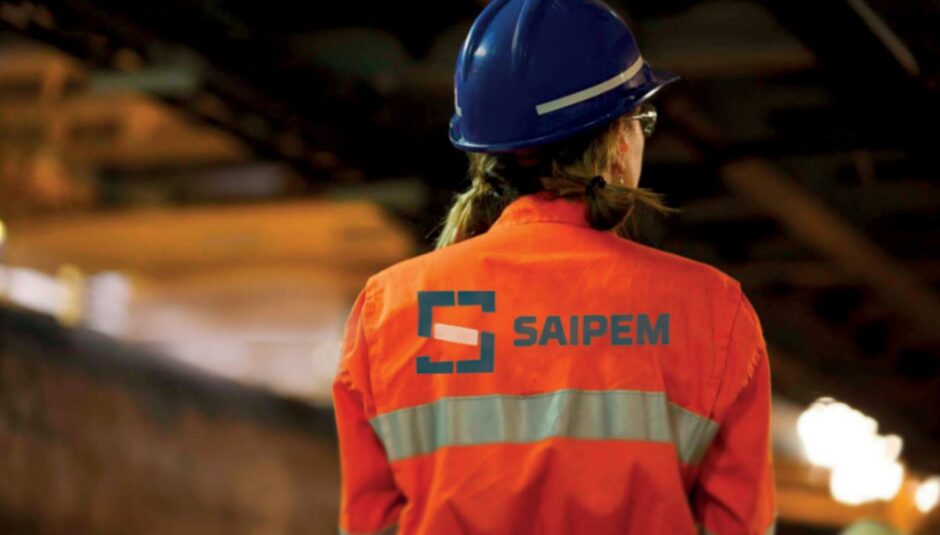
The energy industry faces a growing service company crunch, amid the drive for fast-track hydrocarbon projects at the same time as energy transition.
“Everything has to happen at the same time,” said Alessandro Puliti, CEO of Saipem, speaking at the Energy Intelligence Forum. In 2014, Saipem had around 50,000 employees, he noted. Today, that stands at 32,000. “Headcount is a good proxy of our capacity to deliver,” Puliti explained.
The Saipem official noted that last week the company had been forced to drop out of a tender for a new FPSO. “We have no capacity for such projects in the next two to three years,” he said.
“Oil and gas producers want their reserves developed between now and 2030. New renewable capacity wants to be built between now and 2030. All these other solutions for decarbonisation need to be between now and 2030,” Puliti said.
Lorenzo Simonelli, chairman and CEO of Baker Hughes, agreed. One solution is to work in different ways.
Simonelli gave the example of moving away from bespoke LNG plants and towards modular. Such a move reduces the amount of people required, while providing scalability and repeatability.
“What would have taken 48 months, now we can do in 28 months,” Simonelli said.
Farhan Mujib, president of JGC Corp., noted that most of his company’s contracts are lump-sum, but this may not be a sustainable model.
“There’s a need to adapt, passing all the risk to one party is not appropriate,” he said. “It’s very hard for any one company to take all the risk. On a multi-billion dollar job, few contractors can sign up as it would put the entire company at risk.”
Wind challenge
Saipem’s Puliti gave the example of the need for offshore wind installation vessels. He said there was a “clear need” for new vessels, “otherwise there is no way that demand in the next three to five years can be satisfied by supply. But no one has the courage to invest today”.
Puliti said this lack of investment was a direct result of a “lack of visibility on the future”. With a vessel costing up to $1 billion, companies did not have the courage for such a move, he said.
The Saipem official went on to say offshore wind would also benefit from standardisation.
“There is a learning curve on offshore wind. We are now ready to replicate, which cuts time and costs,” he noted.
However, operators are continuing to increase the size of wind turbines. “These require specific foundations, so we are back to square one. A one-of-a-kind installation makes it very hard to predict time and cost. We need to do it at least five times” before being able to replicate previous works.
Recommended for you

